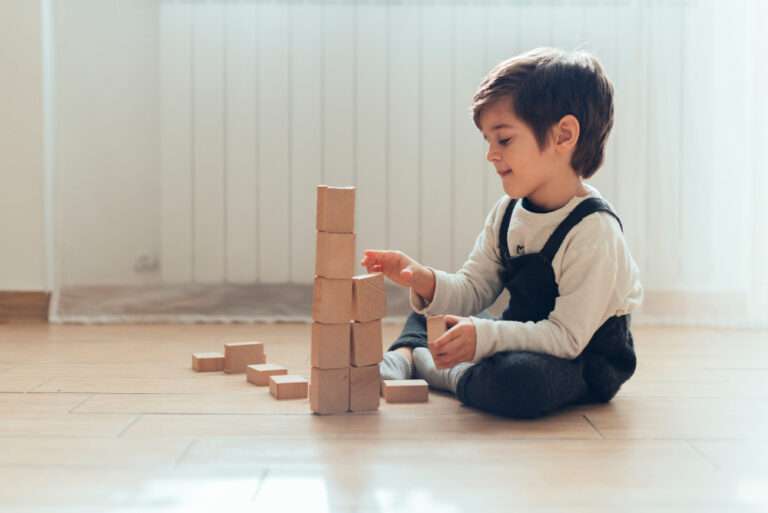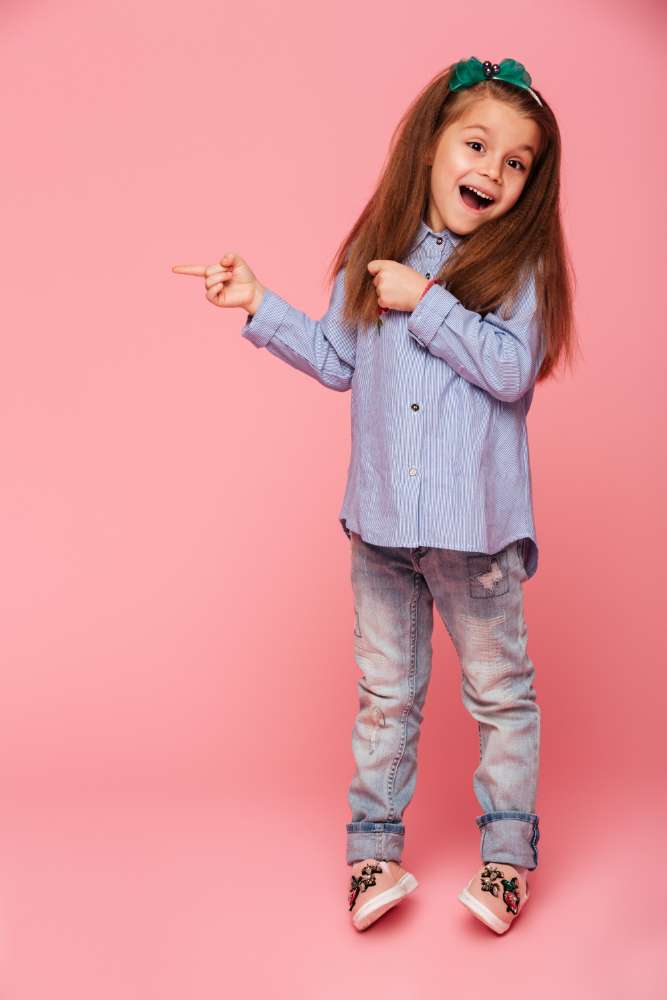Dystonia in children
Dystonia in children refers to a movement disorder characterized by involuntary muscle contractions, leading to repetitive movements or abnormal postures. This condition can vary in its presentation and severity among children. Here are some key aspects of dystonia in pediatric cases:
- Types of Dystonia: Dystonia in children can be primary (also known as idiopathic, with no known cause) or secondary (resulting from another medical condition or injury). It can also be generalized (affecting the whole body) or focal (affecting a specific body part).
- Symptoms and Manifestation: The symptoms can include involuntary twisting movements, repetitive motions, muscle spasms, and abnormal postures. These symptoms can be painful and interfere with daily activities.
- Onset and Progression: Dystonia can appear in early childhood or adolescence. The progression of symptoms can vary – some children may experience a gradual worsening of symptoms, while in others, it might stabilize over time.
- Causes and Risk Factors: While the exact cause of primary dystonia is often unknown, it may involve genetic mutations. Secondary dystonia can result from a variety of factors, including brain injury, infection, medication side effects, or other neurological disorders.
- Diagnosis: Diagnosing dystonia involves a thorough medical history, neurological examination, and sometimes genetic testing, MRI scans, or other laboratory tests to rule out underlying causes.
- Treatment and Management: Treatment is often multidisciplinary and may include medications (such as muscle relaxants or drugs targeting neurotransmitters), botulinum toxin injections, physical therapy, occupational therapy, and, in severe cases, surgical interventions like deep brain stimulation (DBS).
- Impact on Quality of Life: Dystonia can significantly affect a child’s quality of life, including their ability to perform daily tasks, participate in school activities, and interact with peers.
- Support and Rehabilitation: Children with dystonia may benefit from a range of supportive therapies, including speech therapy if vocal muscles are affected, psychological support to manage the impact of the condition, and educational accommodations.
- Family and Caregiver Support: The condition can also impact families and caregivers. Providing education about the disorder and involving them in care plans is important for effective management.
- Long-term Outlook: The prognosis for children with dystonia varies depending on the type and severity of the condition. While there is no cure, many children can manage their symptoms effectively with treatment and lead active lives.
Early intervention, a personalized treatment plan, and a supportive care environment are crucial for helping children with dystonia manage their symptoms and maintain a good quality of life.
------------From our Sponsors------------









